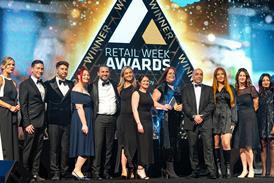Opinion: Founders bring authenticity – lose them at your peril

With all the recent activity, it seems a good time to review the role of founders in retail brands and when, if ever, they should step aside.
In the last few months we have seen a number of founders going back into the businesses they have built when performance has faltered, and while initial investor reaction has been positive, time will tell whether they can work their magic and return these brands to growth.
As entrepreneurs, founders are adept at the start-up but not always so good on the scale-up. They have the creative vision but often lack professional training – so are ill-equipped to run a large, international or public company – or simply don’t want to.
So how important is it that the founder remains involved? Let’s look at some examples.
Already have an account? Sign in here




















